It just so happens that at work I’ve been creating new nature activities for kids, this time the focus being how animals utilize camouflage for survival or for catching prey. I’ve been gathering pictures of camouflaged animals, which is a bit of a challenge because I have to actually locate the hidden animals first.
Today I rescued a moth trying to escape through our chicken coop window and was ecstatic to realize it was an underwing moth (so sorry to the other moth that one of the chickens got to first). Perfect camouflage photo op ahead, as long as the moth didn’t fly away too fast!
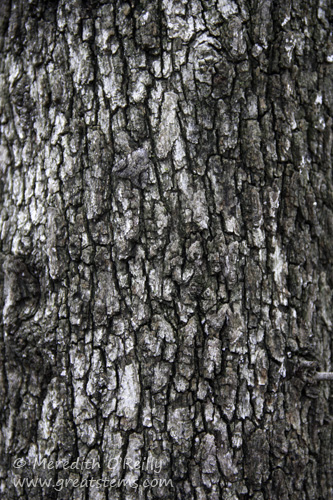
Worn out from the window experience, the moth was happy to take a rest against the bark of an oak tree, a perfect spot to blend in. Can you find it in the photo above? Once you’re confident you see it, click here to verify.
In the case of North American underwing moth species, they depend on oaks and other native tree species not just for protection, but to feed on during their larval stage. They earn their common name for the brightly colored wings hidden underneath the peppered ones.
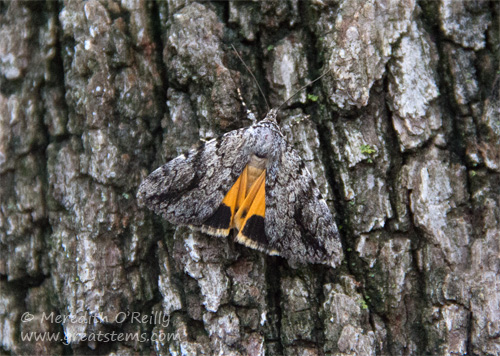
That flash of color might startle a would-be predator to reconsider going for the moth in some circumstances. But it’s the patterned brown, black, and gray wings, when closed, that likely afford the moths the best protection against a woody background.
For the kids’ activity I’m working on, we’ll be playing with creating and testing our own creations, with matching coloration and patterns, against objects in both nature and the classroom. I ordered a large spider craft punch, perfect for the activity (at work we’ll also be getting bird and butterfly punches). The kids will be hand-coloring their animals according to the area in which they want their animals to hide, but at home I found some colorful magazine pictures for quick cut-outs. How quickly can you find the spiders in the following pictures? Among the following 4 pictures, there are a total of 7 spiders. I expect that you’ll be able to find them relatively easily, but consider as you do what makes them stand out or blend in. Which spiders would likely be most effective at hiding then ambushing their prey?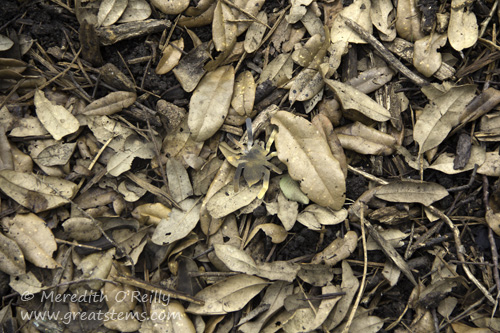
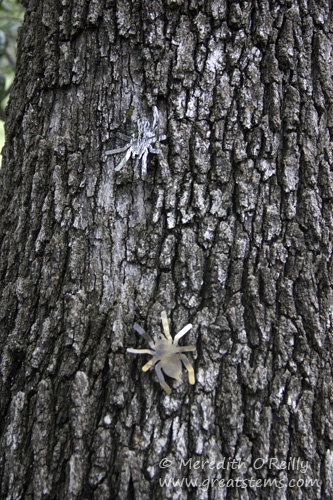
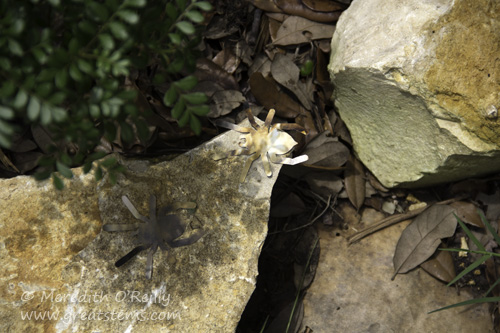
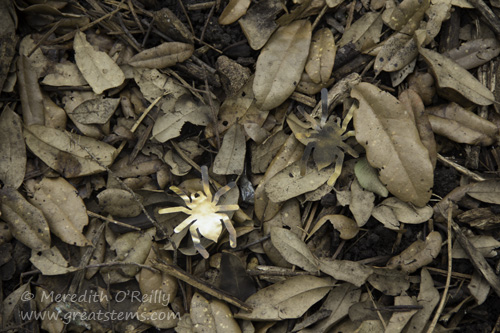
In some of our afterschool classes, we’ll also be using animal camouflage studies for biomimicry activities — students will design their own inventions that incorporate camouflage techniques to avoid detection.
Animals go to great lengths at times to avoid detection. While some are built-in through concealing and disruptive coloration, other animals will disguise themselves or exhibit other behavioral adaptations to avoid detection. Of course, these survival adaptations and strategies have evolved over long periods of time through the natural selection process. One of my local favorites is the Trashline Spider; it gathers insect carcasses in a line on its web and then hides among them.
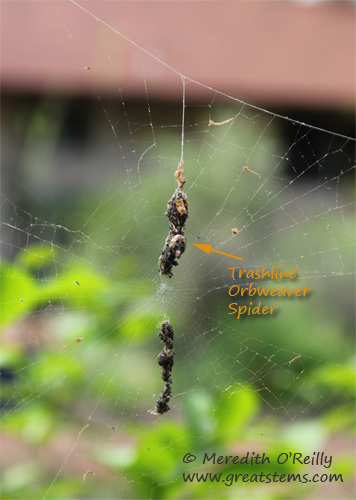
Just think how many animals might be hidden in plain sight near you as you take a walk in nature!
Looks like a fun project. I have several pollinator activities if you would like them. Includes games, paper folding, etc. e-mail me if you want them.
You know I always welcome fun activities to share with the kids!
Pingback: Sometimes Camouflage Doesn’t Work | Great Stems